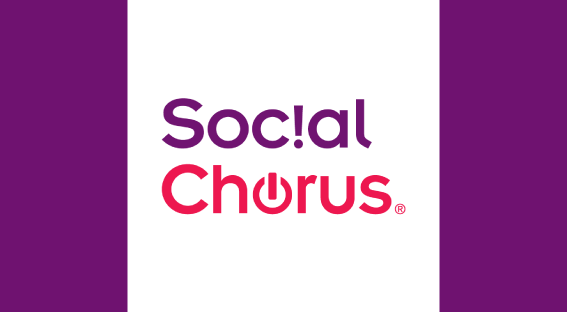Interviews with Industry Leaders: Liz Bullock
June 20, 2013
Recently I had to opportunity to sit down with Liz Bullock, formerly Director of Social Media and Community at Dell, who is now CEO and co-founder of Social Arts & Science Institute (SASI). Liz was a part of the Social Media and Community team at Dell, which provided overarching social media strategy for the entire organization. She is an expert in social media and advocacy strategy, especially when it comes to training and activating employees and turning them into brand advocates in social channels.
Dell realized early on the power of social media. They recognized that conversations were happening about Dell on social media and knew that they had to be involved in those conversation – engaging, connecting, and interacting with their customers.
A cornerstone of the company’s social media strategy is embedding social in the fabric of the company and driving employee participation to listen, engage and deepen customer relationships. One of the primary goals for Dell’s employee advocate program is to get “as many employees understanding and using social media to be a better business” says Liz.
Liz shared some of Dell’s best practices around activating employees in social channels, which would be helpful for any company trying to launch their own employee program.
Dell’s Best Practices
1. Obtain executive support. The foundation to any employee advocacy program is executive support. One of the benefits Dell had in launching it’s program was that Michael Dell a and CMO, Karen Quintos, are huge proponent and an active user of social himself and championed the social efforts with in the company. Without executive support – it’s difficult to get programs off the ground and to get employee buy in.
2. Provide training for ALL employees. One thing that separates Dell from many other companies is their extensive training program, which they have opened up to all employees. It’s important to encourage all employees to participate in social media because you never know who will rise to the top. Dell has seen the unlikeliest of participants rise to the top of the leaderboard. Be prepared to be surprised – you’re top advocates may not be in your marketing or communications department. Engineers and product managers might be your best subject matter experts.
3. Ask employees what they need. Instead of providing employees with training that you think they need – ask them what they want to learn! This is one surefire way to ensure employees will not only be interested in the content provided, but also increases the likelihood that they will participate. In Dell’s case, by asking employees they discovered that in addition to learning social media basics, they were also very interested in learning about the company’s social strategy and best practices.
4. Provide live, in-person training. Offer in-person social media training for all of their employees. This live training is critical because it allows for employees to develop a personal relationship with the social media team as well as allow for direct conversations, which is part of the learning process. Social media is about being social and human. And the live, in-person training similarly provides a human element.
5. Create open on-going dialog. Once an initial connection has been made with the social team during the social media training sessions, it’s important that the lines of communication remain open. Establish a forum where all conversations and questions about social media can live. This helps erase confusion and provides employees with a place to go if they ever have a question.
6. Partner with all departments. Because it’s important that a company’s social media strategy integrates all employees, it is equally important that your social team partner with each department. Like having executive support, you need to have the support of each department to ensure that all teams are on board and all have access to social media – legal, HR, communications.
Dell has seen great results from powering their employees to be brand advocates to engage on behalf of the brand. Employees have more knowledge around Dell, sharing 8x’s more content vs. the corporate accounts, and serving as a trusted advisor to their peer networks.
Interested in learning more? Download our ebook – Transforming Employees Into Advocates and learn actionable insights about how you can leverage employees to become active brand advocates.

